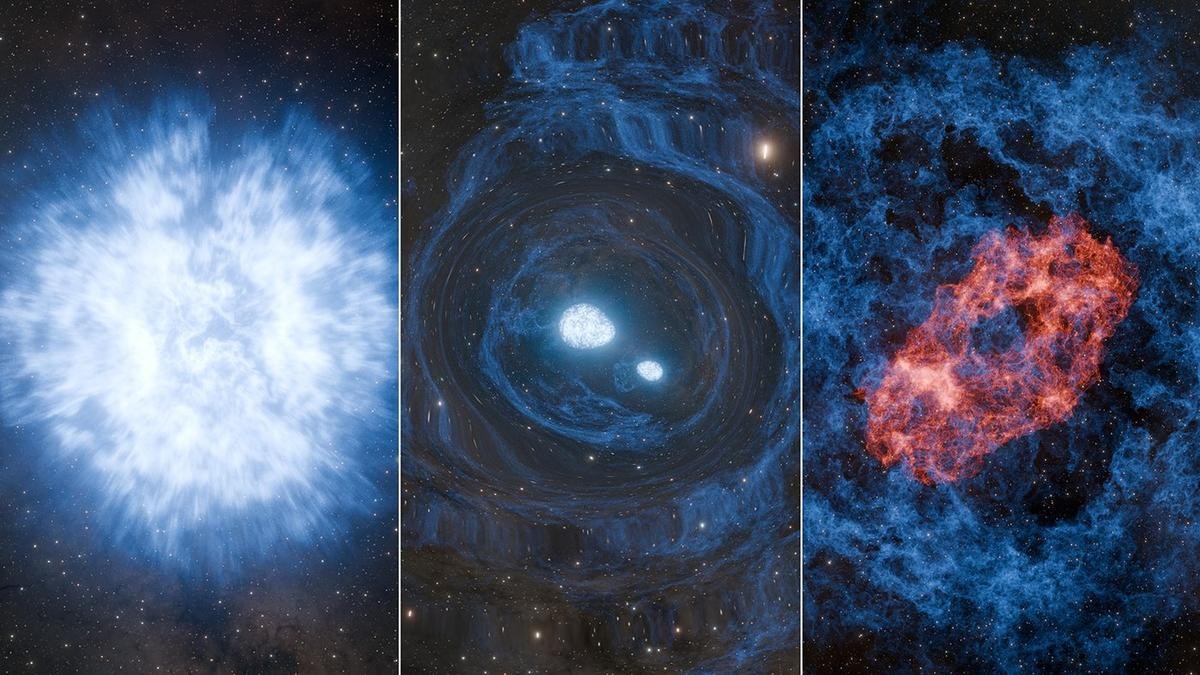



Scientists have created true 2D metals like bismuth, just two atoms thick, using high-pressure compression between MoS₂-coated sapphire plates. These ultra-thin sheets exhibit unique quantum properties, enabling advanced sensors, faster chips, and efficient electronic devices. This breakthrough overcomes past challenges in flattening 3D metal atoms into atomically thin layers.

Copyright infringement not intended
Picture Courtesy: THE HINDU
Scientists have just achieved a major milestone by creating ultra-thin, two-dimensional (2D) metals, which could revolutionize technologies like super-sensitive sensors, faster computers, and advanced photonic devices.
Regular metals, like the copper in electrical wires, are three-dimensional (3D), their atoms bond in all directions—up, down, left, right, forward, and backward. This 3D structure allows electrons to move freely in all directions.
However, in a 2D metal, the atoms are arranged in a single, flat layer, restricting electron movement to just two directions—left-right and forward-backward. This restriction, called quantum confinement, provides 2D metals unique properties that 3D metals lack.
2D metals like bismuth and tin can act as topological insulators. These materials conduct electricity only along their edges, not through their middle. This property makes them efficient for certain applications, such as creating super-fast, low-power computer chips or sensors that can detect small changes in the environment, useful in fields from medicine to defense.
Unlike carbon atoms in graphene, metal atoms that bond in 3D, forming thick, chunky structures. Scientists have tried various methods over the past decade to force them into a flat, 2D layer, such as:
These efforts produced metal sheets a few nanometers thick, but that’s still too thick. To be truly 2D, the sheet must be atomically thin.
A team of scientists from China, developed a new method to create 2D metals like bismuth, gallium, indium, tin, and lead.
How does it work?
This method produced a bismuth sheet so thin that its electrons are confined in 2D, giving it the desired properties. The team also confirmed that the sheet shows a strong field effect (its electrical conductivity changes when an electric field is applied).
Source:
|
PRACTICE QUESTION Q. Which of the following can be classified as carbon-negative technologies ?
How many of the above statements are correct? A) Only one B) Only two C) Only three D) All four Answer: C Explanation: Statement 1 is correct: Direct Air Capture (DAC) combined with geological storage directly removes carbon dioxide from the atmosphere and then stores it underground. By taking CO2 out of the air and permanently sequestering it, it actively reduces the amount of carbon in the atmosphere, making it a carbon-negative technology. Statement 2 is correct:Bioenergy with Carbon Capture and Storage (BECCS) involves using biomass (organic matter like wood or agricultural waste) for energy production and then capturing the carbon dioxide released during this process. Since the biomass itself absorbs CO2 from the atmosphere during its growth, and the released CO2 is captured and stored, the overall process can result in a net removal of carbon dioxide from the atmosphere. Statement 3 is correct: Enhanced weathering using silicate minerals accelerates the natural process of silicate rock weathering, which absorbs CO2 from the atmosphere. When silicate minerals react with CO2, they form stable carbonates, effectively removing CO2. Spreading these minerals on large scales can enhance this natural carbon removal process. Statement 4 is incorrect: Solar photovoltaic (PV) technology converts sunlight directly into electricity. While solar energy is a clean and renewable energy source with zero direct greenhouse gas emissions during operation, it is not considered a carbon-negative technology. The manufacturing, transportation, and installation of solar panels do involve some carbon emissions. However, these emissions are significantly lower than those from fossil fuel-based energy generation, making solar PV a low-carbon or carbon-neutral technology, not carbon-negative. |









© 2026 iasgyan. All right reserved